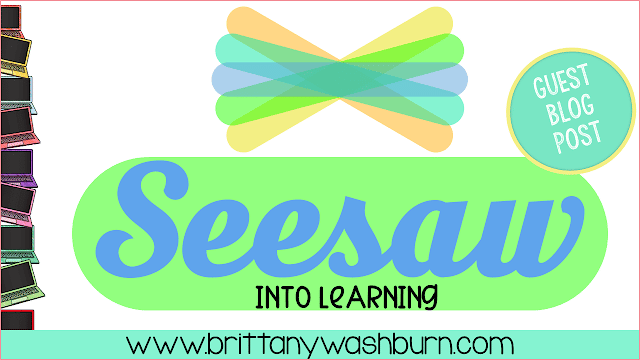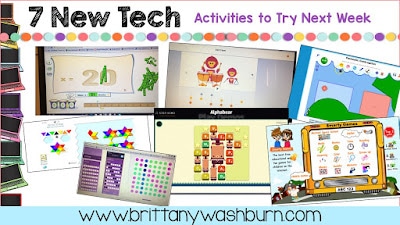Using Augmented Reality in the Classroom: Tips and Tricks for Success
Augmented reality superimposes digital content, including hologram images, onto a user’s view of what they see. Unlike virtual reality, it allows the user to ‘maintain control’ of their environment by continuing to see the real world around them alongside the layer of digital content. AR opens up a myriad of possibilities for educators to create interactive and immersive lessons that cater to diverse learning styles. Witness, for example, the cult-like popularity of Pokémon Go.
Explore the benefits of incorporating AR in the classroom, practical tips for successful implementation, and strategies for leveraging AR tools to enrich educational outcomes. Join us on a journey into the realm of AR in education, where creativity, collaboration, and engagement converge to redefine the traditional boundaries of teaching and learning.
Augmented Reality in the Classroom
Augmented reality software can be utilized by teaching experts to allow students to play with 3-dimensional models, stats and all sorts of kinds of other information. This enables students to interact nearly as well just as if they were in person with the lecturer.
Encouraging Exploration and Critical Thinking through AR
Albeit, AR isn’t just about making things look fancy—it’s also a great tool for sparking curiosity and critical thinking. When students engage with AR, they’re encouraged to explore concepts in a hands-on way, leading to deeper understanding and better retention. By challenging students to interact with AR content, educators can foster problem-solving skills and ignite a love for learning.
Practical Tips for AR Implementation
When incorporating AR into in your classroom, be sure to think about practical considerations.
What real-world surfaces students will project their augmented reality models onto?
A cluttered background can be a confusing distraction. Even just a blank paper at each person’s workspace should be enough to allow the model to shine.
How do I prepare to address technical issues and connectivity concerns?
When diving into the world of AR in the classroom, technical hiccups are bound to happen. From wonky connections to devices acting up, there’s no shortage of challenges to tackle. But fear not! With a bit of troubleshooting and maybe a sprinkle of tech magic, these issues can be overcome. Remember as well that Teaching Elementary Students how to Troubleshoot Common Technology Issues can be your first line of defense!
How can we support teachers and students new to AR?
Providing support and guidance is key to helping everyone feel comfortable and confident with AR. By scaffolding learning experiences, educators can gradually introduce AR tools and concepts, ensuring a smooth transition into this exciting educational realm.
How do I measure student performance with AR?
Evaluating the impact of augmented reality on learning outcomes is crucial. Ensure you align your augmented reality experiences with your curriculum goals, and measure those goals as you otherwise would after a lesson.
Recommended AR Apps
So now we have some AR apps to get your started. These Augmented Reality Apps for the Classroom let your students explore biology, astronomy, and more.
Math:
- Math Ninja AR lets you explore every nook and cranny of the 3D Ninja World to find the villager with the correct answer to the math question. Physical movements of stretching, bending, squatting, crawling, reaching and peering will stimulate a child’s memory whilst providing a parent an opportunity for easy exercise.
- magicplan Floor Plans use augmented reality to have your students practice their math skills to create detailed floor plans.
Reading:
- Wonderscope lets students see the story take place all around you, read your lines aloud to engage with and talk to characters, and help them solve problems along the way.
- Catchy Words AR is a word game. Without touching the screen, users walk around catching letters and solve the word puzzles by dragging the letters to the appropriate floating frame.
- Narrator AR projects letters off the page and helps our youngest students reinforce correct letter and number formation in a fun and interactive way.
Science:
- McGraw Hill AR for Science allows your science students can now experiment with the impossible in the classroom like dissecting the human eye, taking apart a v8 engine, or playing mini golf to understand reflection.
- solAR combines cutting-edge 3D and augmented reality technology to bring the wonders of the solar system right to your classroom.
- Sky Guide can be held overhead to automatically identify any star, constellation, planet or satellite! Easy to use and powerful, it’s epic stargazing for any experience level.
- Build a 3D/AR Solar System is a self-paced activity for kids that allows them to explore the stars and build your own solar system using concepts of block coding.
- Complete Anatomy offers a flexible, inclusive and personalized learning platform that uses the visual power of incredibly detailed 3D models to make anatomy easier to understand.
- AR Human Anatomy will help students take their understanding of Biology to the next level with this augmented reality look at the human body.
- Elementary Anatomy: With Story Mode provides a fascinating look into the workings of our anatomy. Students can explore the different systems of the body and learn about how they function.
- Animal Safari AR Is a giraffe taller than your house? Is a great white shark bigger than your car? With Animal Safari AR’s life-size animals you can find out with the tap of a finger. You can even travel back in time to the Jurassic era to see majestic dinosaurs come back to life before your eyes. All you need to get started is an iPhone, iPad, or iPod Touch with ARKit.
- Planet Earth: Habitat Explorer AR lets you journey though different animal habitats, providing an up-close look at the animals’ environment. Students with AR can see animals in their natural habitat and learn about their behaviors and characteristics.
Social Studies:
- Civilisations XR comes with the ability to superimpose ancient artifacts onto the real world.
- Expeditions by Google allows students to explore the world through the use of VR and AR. By guiding students to 360° scenes and 3D objects, teachers can virtually bring abstract concepts to life by pointing out interesting sites and artifacts.
- CleverBooks Augmented Reality World Map features 3D models of countries and includes information on geographical peculiarities, political structures, land & water animals, plants and heritage.
Art:
- Jig Space or Adobe Aero both allow students to create their own drawings to share in augmented reality.
Brittany’s Own Augmented Reality Resources

Augmented Reality (AR) & Virtual Reality (VR) Printable Task Cards
The Merits of Virtual Reality
After dipping into AR, don’t forget about what virtual reality can do! Virtual field trips can broaden your students’ horizons even further. Our selection of 15 of the Best Virtual Lesson Topics has a bunch of great activities to try as well.
Integrating augmented reality into the classroom setting presents exciting opportunities for educators. We can ignite student curiosity, foster deeper understanding, and cultivate a love for learning. By harnessing the power of AR tools and applications, teachers can create dynamic learning environments that inspire creativity and spark innovation. As we continue to explore the endless possibilities of augmented reality in education, let us embrace this technology as a valuable ally as we continue to shape the future of teaching and learning!






